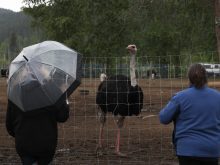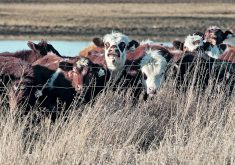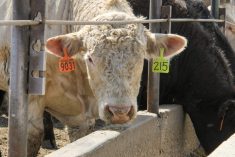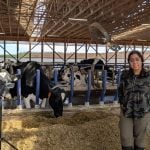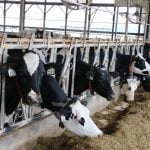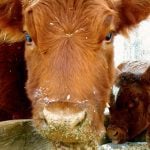In the wake of avian influenza outbreaks in the region, Alberta poultry producers have been granted a late participation option to sign up for the federal/provincial AgriStability income stabilization program.
Provincial Ag Minister Nate Horner on Wednesday announced the two levels of government have reached an agreement to allow poultry producers late participation in AgriStability for the 2022 program year. The agreement applies only to poultry producers, a provincial spokesperson confirmed.
Poultry producers not currently signed up for AgriStability but interested in late participation are asked to contact the province’s Agriculture Financial Services Corp. to enrol by Feb. 28.
Read Also
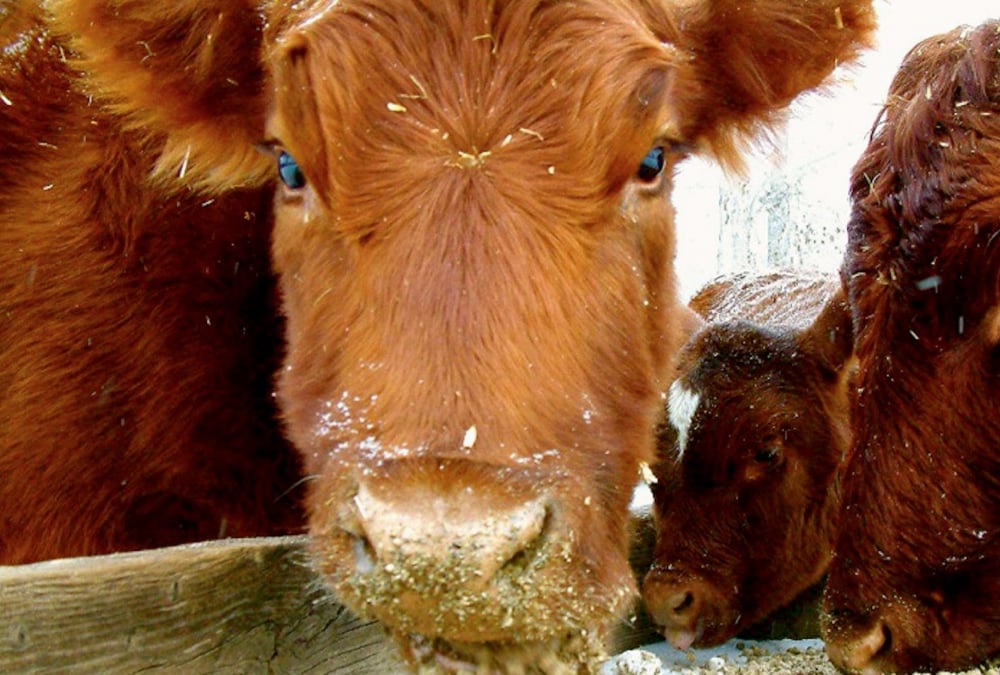
U.S. livestock: Live cattle correct higher
Live cattle futures on the Chicago Mercantile Exchange were stronger on Monday, taking back some of Friday’s losses amid ideas…
“Alberta’s producers have faced significant impacts, substantial losses and a great deal of stress during this time, and that is why we’re providing additional help to some producers,” Horner said in a statement.
Late participants in AgriStability still must comply with all program requirements and deadlines, he said. For late participants, any payments — including interim payments — are reduced by 20 per cent.
AgriStability is a margin-based program meant to help producers manage large income declines. Farm financial advisors have previously noted Canada’s supply-managed sectors such as poultry don’t generally see the sorts of margin declines suited to AgriStability, thus the sector’s participation in AgriStability is generally low.
However, advisors have also said previous avian flu outbreaks in Canada showed such a decline is possible.
With that in mind, advisors have previously suggested producers consider whether the costs to participate in AgriStability are worth the coverage provided, compared to other insurance products they may already have.
The current run of high-path avian influenza outbreaks in domestic commercial and backyard flocks — starting in late 2021 in Newfoundland and since hitting nine of 10 provinces and 47 of 50 U.S. states — first reached Alberta last April.
Since then, CFIA has confirmed outbreaks in domestic birds at 60 commercial and non-commercial premises within Alberta. Of those 60 premises, 14 are still considered infected, and of those 14, just two involve commercial flocks: one at Beaver County, southeast of Edmonton, and one in the Municipal District of Taber, in the province’s southeast.
Outbreaks of the virus in this run have impacted a total of 1.401 million domestic Alberta birds, as per the Canadian Food Inspection Agency’s latest estimate Wednesday. The province’s most recent confirmed outbreak was reported last Nov. 22, in a backyard flock in Mountain View County, between Red Deer and Calgary.
Horner said Wednesday he would “continue to work with industry to identify any available tools and supports to mitigate avian influenza’s impacts.” — Glacier FarmMedia Network




